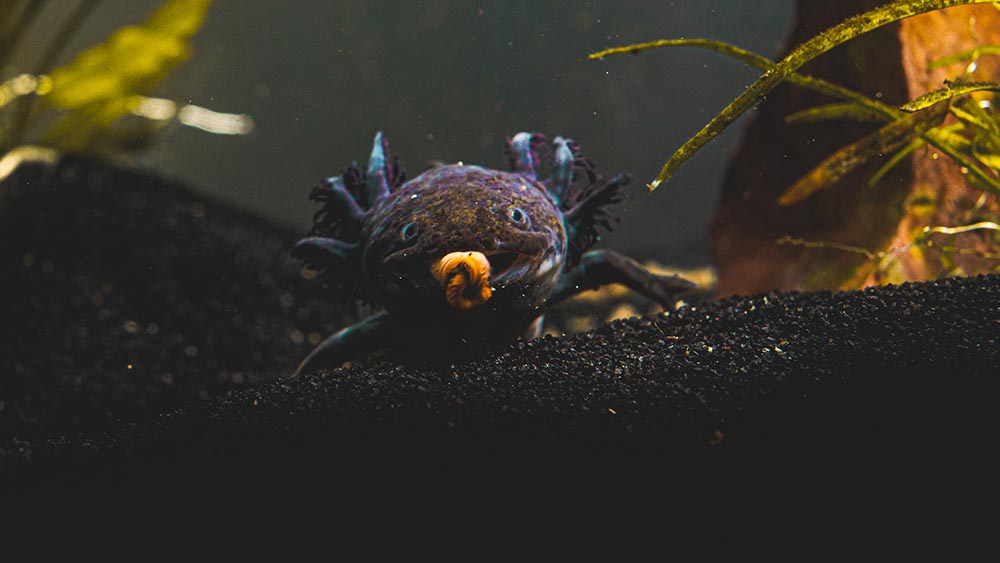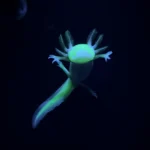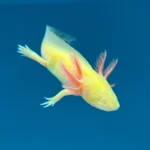Axolotl Life Expectancy

Axolotl Life Expectancy: Understanding the Fascinating Journey of the Mexican Salamander
The axolotl (Ambystoma mexicanum) is an extraordinary amphibian native to the lake complex of Xochimilco near Mexico City. Known for its remarkable regenerative abilities and unique appearance, the axolotl has captivated the hearts of scientists and pet enthusiasts alike. One of the most intriguing aspects of these creatures is their life expectancy. In this blog post, we will delve into the factors influencing axolotl life expectancy, their biology, and what you can do to ensure a long and healthy life for these remarkable animals.
Understanding Axolotl Biology
Before we discuss life expectancy, it’s essential to understand the biology of the axolotl. Unlike other salamanders that undergo metamorphosis, axolotls retain their larval features throughout their lives, a phenomenon known as neoteny. This means they keep their external gills and aquatic lifestyle. Axolotls possess the remarkable ability to regenerate lost limbs, spinal cords, and even parts of their hearts and brains, making them a subject of extensive scientific research.
Average Life Expectancy
In the wild, axolotls have a relatively short life expectancy, typically ranging from 5 to 10 years. However, when kept in captivity, their lifespan can be significantly extended. With optimal care, including proper diet, clean water, and a stress-free environment, axolotls can live up to 15 years or more. Some reports even suggest that with ideal conditions, certain individuals may live beyond 20 years.

Factors Influencing Life Expectancy
Several factors can influence the lifespan of axolotls, particularly in captivity. Understanding these factors is crucial for anyone considering keeping these fascinating creatures as pets.
1. Water Quality
One of the most critical aspects of axolotl care is maintaining high water quality. Axolotls are sensitive to poor water conditions, which can lead to stress and illness. Regular water changes and the use of water filters are essential to keep ammonia, nitrite, and nitrate levels low. A pH level between 6.5 and 8.0 is ideal for axolotls, and temperatures should be kept between 60°F and 68°F (15°C to 20°C).
2. Diet
A balanced diet is vital for the health and longevity of axolotls. In the wild, they primarily consume small fish, worms, and insects. In captivity, a varied diet of high-quality pellets, earthworms, and live or frozen food such as brine shrimp is recommended. Overfeeding can lead to obesity and health problems, so it’s important to feed axolotls the right amount based on their size and age. axolotl for sale
3. Tank Conditions
Creating a suitable habitat is essential for the well-being of axolotls. They thrive in spacious tanks with plenty of hiding spots to reduce stress. A tank size of at least 20 gallons is recommended for a single axolotl. Additionally, the tank should be equipped with a filtration system, and it’s best to avoid gravel as substrate, as it can lead to ingestion and health issues.
4. Stress Factors
Stress can significantly impact an axolotl’s health and lifespan. Factors such as loud noises, sudden temperature fluctuations, and aggressive tank mates can all contribute to stress levels. Keeping axolotls in a calm and quiet environment, away from direct sunlight and other disturbances, is crucial.
5. Genetics
Like any species, genetics play a role in the lifespan of axolotls. Some individuals may have genetic predispositions to certain health issues, which can affect their longevity. It’s essential to obtain axolotls from reputable breeders who prioritize health and genetic diversity in their breeding programs.
Common Health Issues
While axolotls are generally hardy creatures, they can suffer from several health issues that may affect their life expectancy. These include:
- Infections: Bacterial and fungal infections are common in axolotls, often resulting from poor water quality or injuries. Signs of illness may include unusual swimming patterns, loss of appetite, or visible lesions.
- Metabolic Bone Disease: This condition can occur due to inadequate calcium levels, resulting in brittle bones and deformities. A well-rounded diet can help prevent this issue.
- Stress-Related Conditions: Stress can lead to a weakened immune system, making axolotls more susceptible to diseases.
Conclusion
The Axolotl Life Expectancy is a remarkable creature with a unique life history and impressive regenerative capabilities. Understanding the factors that influence their life expectancy is crucial for those who wish to keep them as pets. By providing a suitable environment, maintaining high water quality, and offering a balanced diet, you can help ensure that your axolotl lives a long and healthy life. With proper care, these enchanting amphibians can thrive for many years, allowing you to enjoy their fascinating presence and unique charm. Whether as a pet or a subject of scientific study, the axolotl continues to inspire curiosity and admiration in all who encounter it.














